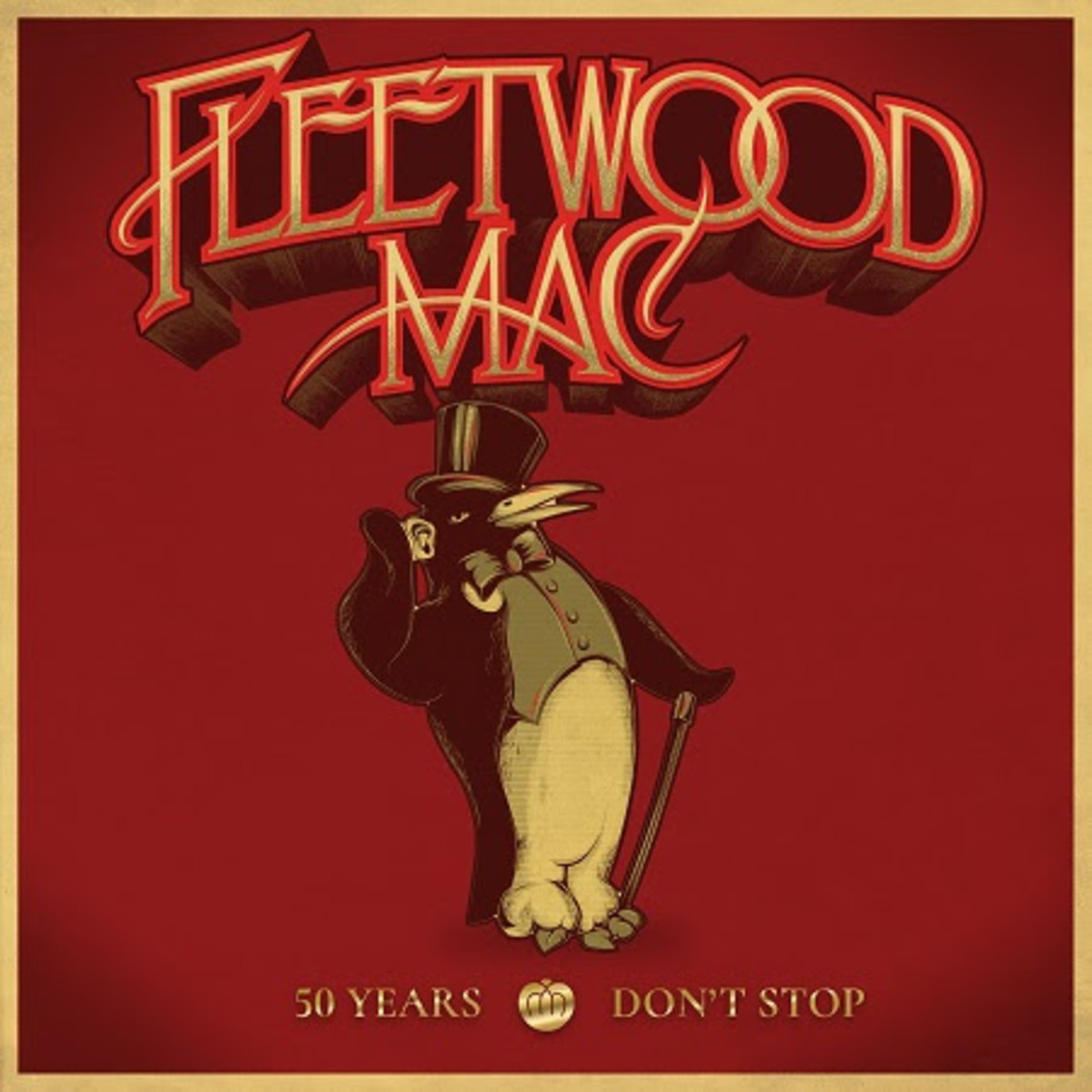

The electric certainly comes in - someone like Jimmy Page did so well marrying his acoustic and electric sensibilities in Led Zeppelin. I was playing bass, but a lot of the music that was coming out was acoustic bass, such as Cat Stevens, who was a big influence on me.

In the later ’60s, after I graduated from high school and got in a band, I wasn’t playing guitar.


Sort of marrying aspects of folk guitar and perhaps a little bit of classical in there. Once the first wave of rock started to ebb a little bit, folk music came in and was a natural place to pick up, in terms of the finger style and an orchestra style of playing. When I was six years old, I started teaching myself, first on a ukulele and then my parents finally got me a 3/4-sized six string. It all comes from that process of working with a tape machine, and having the writing and the recording and the architecture all sort of become one larger thing.Ī song like “Frozen Love” is probably quintessential of my style - there’s a well-played acoustic part, as well as a well-played electric part. All those songs - Stevie’s and mine at least - were demoed out in the same way. You could say the same thing about the very first Fleetwood Mac album. And it certainly does run through the entire body of work. I think there was a very early point where I arrived at just something stylistically I could call my own. All those songs had been demoed out by me, and the lion’s share of the musical approach that you hear on the record was taken from the demos. That process was already fairly well fleshed out, even before we went into the studio to cut the B uckingham Nicks album. I had gotten into this less formal approach to recording, where the idea is setting the architecture down on tape and playing it all yourself and sort of discovering it as you go along. How easy it is to forget amid the never-ending Fleetwood Mac soap opera that this is, after all, one of the most esteemed pop-rock songwriters and musicians on the planet.īuckingham gamely agreed to share his thoughts on 10 of his albums, spanning his life’s work both inside and outside one of the famous bands in rock history.īefore Stevie and I moved down to Los Angeles to get a record deal, I acquired an old Ampex AG440 4-track, which is what The Beatles used for Sgt. But when I caught up with Buckingham last week, I was more interested in discussing his distinguished catalog spanning nearly 50 years. But he also indulged an experimental, anti-commercial side on LPs like 1979’s Tusk that has proven to be surprisingly influential for several generations of indie rockers.ĭuring the recent publicity run for his latest solo record, Lindsey Buckingham, the spry 72-year-old guitarist generated headlines after making some disparaging comments about his one-time lover and eternal foil, Stevie Nicks. As the musical director of Fleetwood Mac during their most successful era in the 1970s and ’80s - which includes blockbuster albums like 1977’s Rumoursand 1987’s Tango In The Night - he had a hand in writing, arranging, and producing dozens of hit songs. Few people in the modern era have created music as popular as songs and albums made by Lindsey Buckingham.


 0 kommentar(er)
0 kommentar(er)
